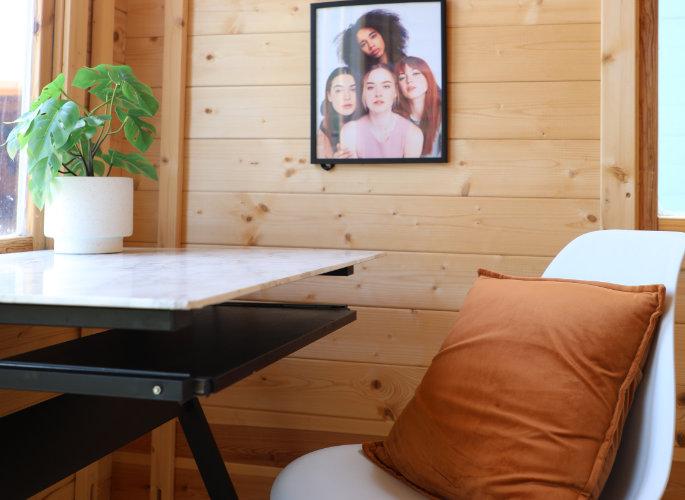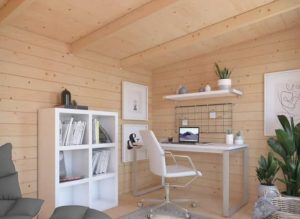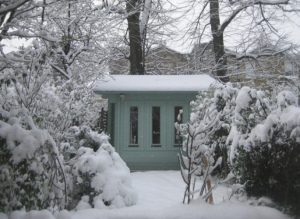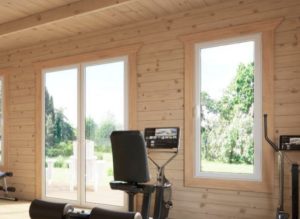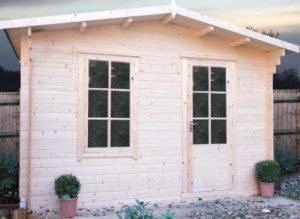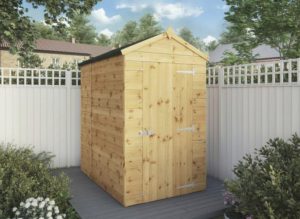Can I Put a Toilet in My Garden Office?
As more people opt for garden offices to work from home, the appeal of transforming these spaces into fully functional environments is growing. A frequently asked question is whether it's possible to install a toilet in a garden office, particularly in a log cabin. The answer is yes, but there are important factors to consider before you take the plunge.
1. Planning Permission and Building Regulations
Before installing a toilet in your garden office log cabin, it's crucial to determine whether you need planning permission. In the UK, outbuildings such as log cabins are usually considered "permitted development," meaning planning permission is not typically required. However, adding plumbing and a toilet might alter this status, so it's wise to consult your local planning authority.
Building Regulations will also come into play, particularly around drainage and waste disposal. These regulations are designed to ensure that any toilet installed in your log cabin is safe and meets hygiene standards, so they shouldn’t be overlooked.
2. Types of Toilets Suitable for Log Cabins
When it comes to installing a toilet in your log cabin garden office, you have several options:
- Mains-Connected Toilets: These are the most traditional option, connected directly to your home’s water supply and sewage system. They offer the most comfort but require substantial plumbing work.
- Composting Toilets: Ideal for a log cabin, composting toilets are environmentally friendly and do not need a mains sewage connection. They process waste into compost, making them a popular choice for remote garden offices. However, they do require regular maintenance.
- Chemical Toilets: Often used in caravans, these toilets are a temporary solution and are relatively easy to install. They require regular emptying and the use of chemicals, making them less ideal for long-term use in a garden office.
3. Plumbing and Drainage Considerations
Installing a mains-connected toilet in your log cabin garden office involves some significant considerations:
- Distance from the Main House: The distance between your log cabin and your home will determine the complexity of the plumbing. Installing pipes underground to connect with the mains can be costly and disruptive.
- Sewage and Drainage: You’ll need to ensure your log cabin’s toilet is connected to the main sewage system or an appropriate alternative, like a septic tank. This might require approval from your local water authority and must comply with Building Regulations.
- Water Supply: Extending the water supply to your log cabin is essential. This might involve connecting to your home's water system or installing a separate water source, depending on your needs.
4. Heating and Insulation
Log cabins are often used year-round, so it’s essential to consider heating and insulation when installing a toilet. Uninsulated spaces can be prone to freezing in winter, which could damage pipes and make the space uncomfortable. Proper insulation and possibly a small heater will help prevent these issues and ensure your garden office remains functional throughout the year.
5. Costs Involved
Installing a toilet in your garden office can be a significant investment. The cost will depend on the type of toilet you choose, the distance from your home, and the complexity of the installation. Here’s a rough guide to potential costs:
- Mains-Connected Toilets: £2,000 - £5,000, depending on the complexity of the plumbing.
- Composting Toilets: £500 - £2,000, depending on the model and installation requirements.
- Chemical Toilets: £100 - £500, but keep in mind the ongoing cost of chemicals and maintenance.
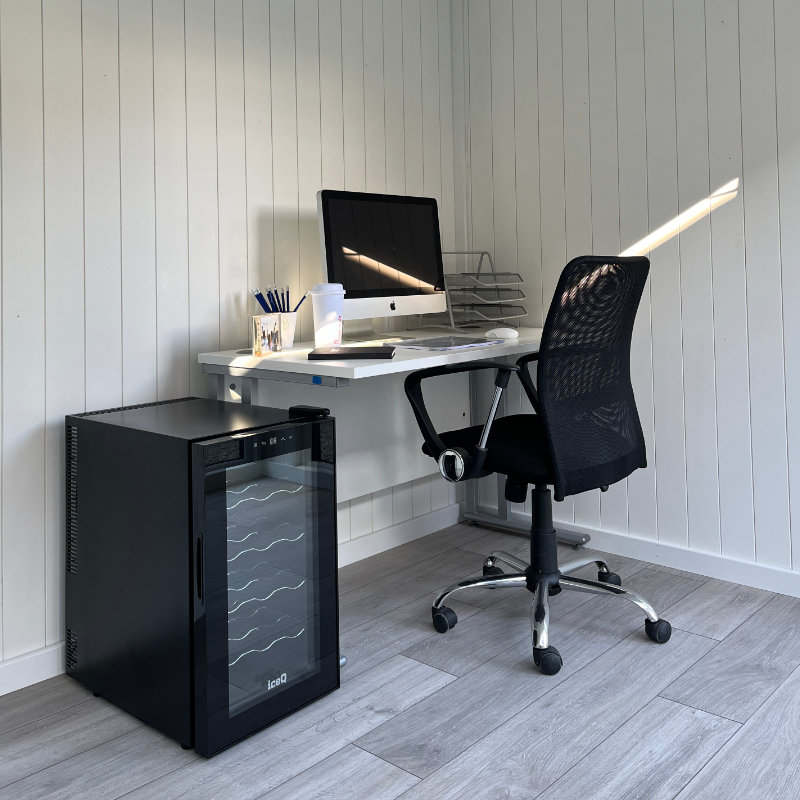
6. Legal and Environmental Considerations
When installing a toilet in a log cabin, you need to think about legal and environmental factors. All waste must be disposed of legally and responsibly, whether you're using a mains-connected system, a composting toilet, or a chemical toilet. For composting toilets, be sure to follow guidelines on compost use and disposal, while mains-connected toilets must adhere to Building Regulations.
7. Practical Tips for Installation
If you decide to proceed with a toilet installation in your log cabin, keep these tips in mind:
- Hire Professionals: Engaging a qualified plumber and builder can help you navigate the complexities of installation, ensuring everything meets legal requirements.
- Ventilation: Ensure your log cabin is well-ventilated, especially if you're using a composting or chemical toilet.
- Privacy Considerations: Design your log cabin layout to ensure the toilet area is private and separate from your work space.
8. Is It Worth It?
Adding a toilet to your log cabin garden office can significantly enhance the convenience and functionality of your workspace. If you spend long hours in your garden office, especially if it's located far from your main home, a toilet can be a worthwhile investment. However, it's important to carefully consider the costs, planning requirements, and practicalities involved.
In conclusion, installing a toilet in your log cabin garden office is entirely feasible and can make your space more comfortable and self-sufficient. With the right planning and professional help, you can create a garden office that meets all your needs, whether for work or relaxation. Visit our blog for more useful advice!

